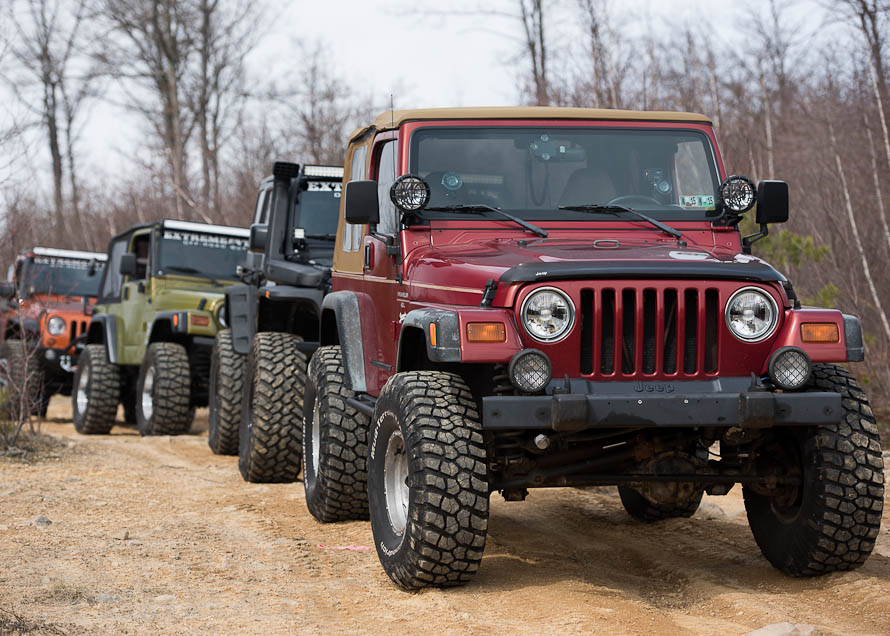When it comes to lift kits there are a lot of factors to consider. What it will be used for, budget, tire size, etc. All of these factors affect what height and type of lift kit would be the most effective for your Wrangler.
Contents
- What is a Lift Kit?
- Why Should I Lift My Jeep?
- Things to Consider Before Installing a Lift on your Wrangler
- Jeep Leveling Kits and Body Lifts: 1 - 2 Inch Lift Kits
- Jeep Suspension Lifts: Differences Between the JL, JK, TJ, & YJ
- Jeep Long Arm Lift Kits - Geometry at Its Finest
- How to Lift a Jeep Wrangler (JL, JK & TJ)
- How to Lift a Jeep YJ
- What Size Lift Kit Do I Have on My Jeep?
- Lift Heights Necessary for Certain Tire Sizes
- Jeep Lift and Tire Combination Reference Charts
- How Much Does it Cost to Lift a Jeep?
- Can Fender Flares Make Room for Larger Tires?
- Slip Yoke Eliminators – Keeping Your Driveshaft Spinning
- When Do I Need a New Driveshaft?
- Automatic Driveshafts & 2012+ Exhaust Problems
- Keeping Proper Alignment – Control Arms & Track Bars
- Often Overlooked – Longer Brake Lines
- Aftermarket Bump Stops Differences
- Go with What Makes You Comfortable
Shop Wrangler Lift Kits
A lift kit is one of those essential modifications for anyone wanting more off-roading capability out of their Wrangler. There are a variety of options to choose from, depending on your crawling needs.

















